Content marketing can be for more than just gaining new customers — it can, and should, serve as an educational tool. If you attract users to your product with great writing but then leave them in a lurch when it comes to actually using it, you’ll soon have an overloaded support desk.
You’ll also have unhappy customers. The fact that they bought your product does not make them experts on it, and they will come to you to learn about how to get better. If you sell someone a social media management suite but don’t keep them up to date on industry best practices, for instance, they’ll find someone else that will.
A great way to solve this problem with content is by taking what you’ve already written and repurposing it to help educate your users.
Here are three simple steps for giving your customer service a boost with your content marketing: compiling the best content you have, repackaging it, and distributing it to your customers.
1. Find your best content
Use Google Analytics to find your best-performing content. Whichever posts were viewed the most and lingered on the longest are the ones you’ll want to save for later because those are the pieces that have stuck with users the most.

Next, Content Analytics by SumoMe will tell you exactly which posts readers liked as well as the place where they stopped reading. Now you can see not only your top-performing posts but which individual sections of each succeeded the most.
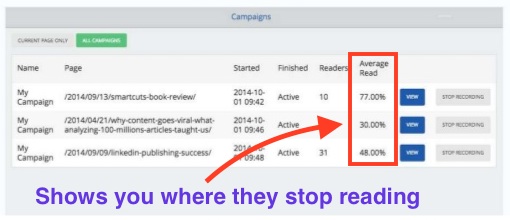
With your top-performing posts and their constituent best parts, you have a precise sense of what in your content has been most useful and interesting to your users.
2. Re-purpose your content into helpful tools
Now that you know what’s been most useful in the past, you can start taking that content and re-purposing it. This just means creatively repackaging old content, or “remixing it,” so to speak, to deliver something of value to your users.
Ebooks
What’s great about ebooks is that they can be a collection of previous blog posts so they are extremely easy to publish. They should focus on illustrating your core value and teach customers a lot of information about one subject.
All you need to do is find several medium-to-long blog posts on a single topic. Then, create a single page with different chapter headings and subsections, and insert those blog posts. This could only take you an hour, depending on how much editing you need to do.
Here’s an example of how this would look, from the table of contents for a Kayako ebook: The Ultimate Guide to Communicating Product Feedback.
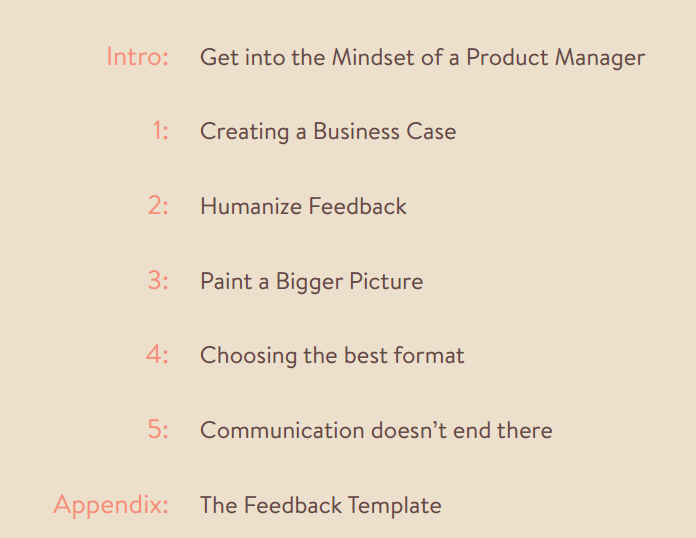
You might not think you have the skills or resources to be able to make your own ebooks from scratch. Luckily there are loads of free tools available that can help you.
Print Friendly & PDF is a easy-to-use Chrome extension that allows you to cull your blog post of any unwanted elements before packaging them up into clean, precise PDFs. You just click on PDF, and your ebook is done. If you just don’t have the time, a service like SketchDeck can help you out by designing the entirety of your ebook in about a week.
Ebooks are a great way to introduce your users to larger concepts that they might not be familiar with, which makes them particularly well-suited to new user onboarding.
Actionable content
Once you have an ebook, you should consider supplementing it with actionable content like checklists, cheat sheets and data templates to help your customers turn what they’ve learned into concrete action. Here’s an example of a checklist from Buffer:
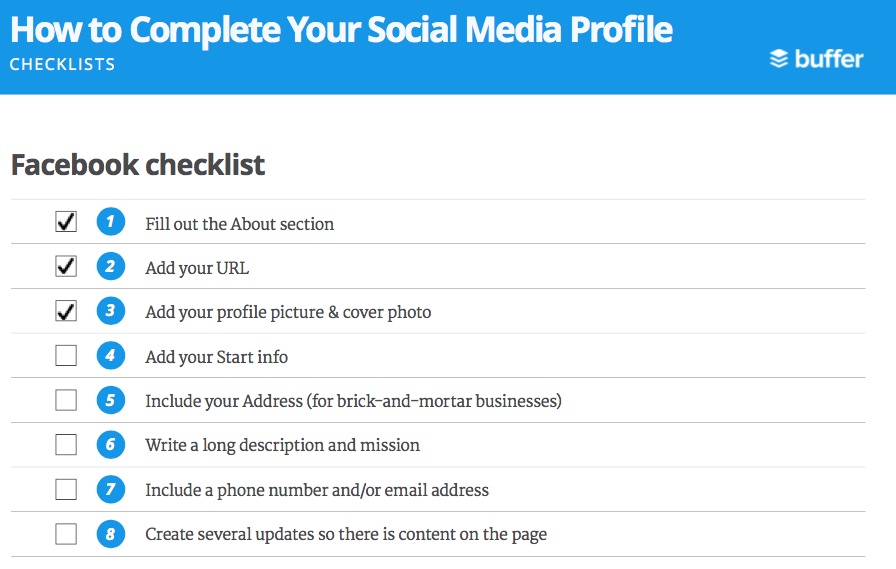
Something like this is super easy to make in Microsoft Word or any other kind of word processor that allows you to export your work as a crisp PDF. Users love having guidelines to follow and it will help demonstrate that you actually care about their success.
White papers
White papers are similar to ebooks, but they are generally shorter and focused more narrowly targeted. Tailor them to “problem areas” that your customers are regularly having trouble with — use them as case studies or in-depth how-to guides.
3. Get your content in front of users when they need help
Help desk
At iDoneThis, we put valuable content right in our help section to get it in front of users who are looking for it. Our section on building transparent culture was taken from a blog post we wrote that received 39 comments — a lot for a company’s personal blog — and lots of shares on different social networks.


Since this piece was so successful, we decided to maximize on that and cut out snippets to include on our help page, so that any of our users looking for assistance would be directed to a post that had already been vetted for quality. Here’s where it went:
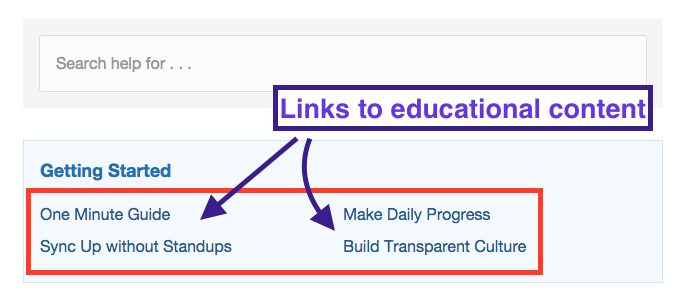
We did some light editing to make it fit its new context, and it came out like this:

What’s more, this statistic and the result of the studies that were done was illuminative of the core values of iDoneThis. Envision your customer’s journey from ambivalence to commitment like a path: point them down the right path with your content, and they will be loyal to you.
Support reps
Using an in-app live customer support chat can be a great way to reach your users directly when they need help. Here’s a look at Kayako’s live chat:
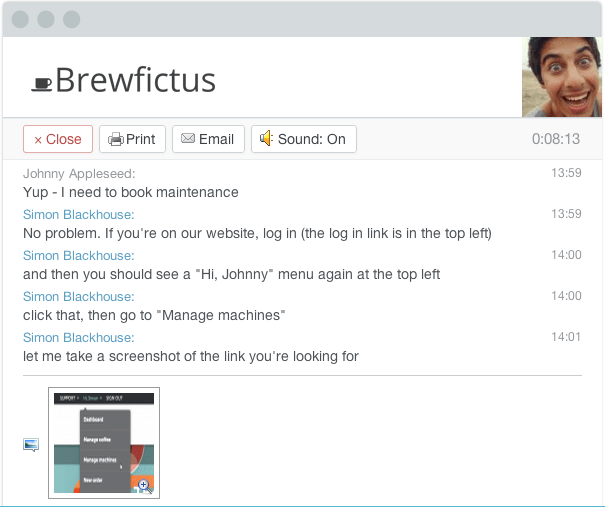
This is a great way to provide immediate support and keep your customers on your site rather than having them leave to find another solution elsewhere. It also presents a great opportunity to get your educational content in front of them: once you resolve a user’s issue, you can follow up with a targeted package of content relating to that user’s specific interests.
This is a good place for a white paper: with its in-depth focus on one subject, the white paper is generally a kind of case study that demonstrates how a customer in a particular situation can be successful. Say you have a customer asking questions about organizational tools: the support rep could find out that the customer was working at an agency, and send over a white paper entitled, “Organizing the Agency”.
Landing pages
SumoMe‘s List Builder will tell you who’s been clicking on your emails, and better yet, who has been opening them without being converted. When SumoMe founder Noah Kagan was promoting his site Monthly1k.com and working on fixing a low conversion rate, he used that information to find out why his email subscribers weren’t buying.

What he discovered was that he needed to tailor a content strategy directly to the anxieties and fears of those users. He asked open questions of them and, responses in hand, created content designed to fix the problems they’d discussed, which he put on a new landing page.

This way, users who had expressed worries about starting their own businesses were confronted right away with content that was made to counter those worries.
That content helped him attract the right customer and make them successful.
Supporting your customers’ successes
Marketing is where you talk about why your company exists and how you work in service of your users, but your customers will be pretty unhappy if all you do is talk.
Your content should do more than lure new customers: it should reinforce your relationship with your existing ones, help them succeed, and altogether ensure that their experience with your product is a happy one.
A guest post by Walter Chen – Founder & CEO of iDoneThis.

